-
Welcome to Tundras.com!
You are currently viewing as a guest! To get full-access, you need to register for a FREE account.
As a registered member, you’ll be able to:- Participate in all Tundra discussion topics
- Transfer over your build thread from a different forum to this one
- Communicate privately with other Tundra owners from around the world
- Post your own photos in our Members Gallery
- Access all special features of the site
High performance lubricants
Discussion in '2.5 Gen Tundras (2014-2021)' started by Sumo91, Dec 5, 2021.
Page 2 of 2
Page 2 of 2


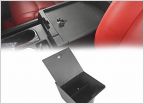 Center console safe
Center console safe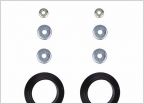 Black Friday / Cyber Monday Finds...
Black Friday / Cyber Monday Finds...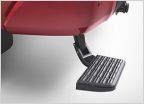 Rear bed step up
Rear bed step up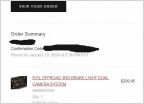 Installed Wolfbox rearview mirror dashcam
Installed Wolfbox rearview mirror dashcam 100K Maintenance Help
100K Maintenance Help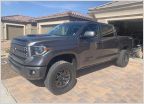 Compustar/Drone Mobile Help
Compustar/Drone Mobile Help















































































